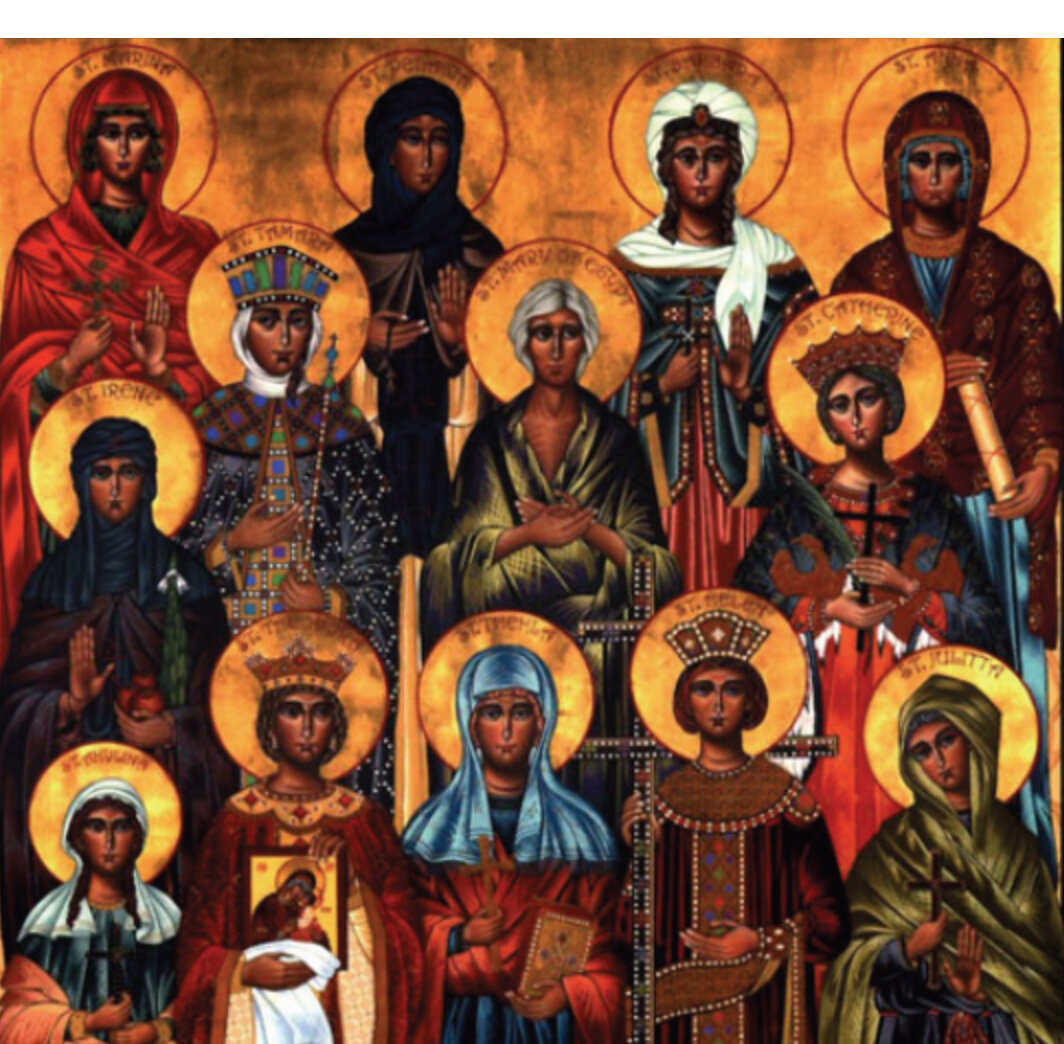
The Illusion of Our False Self by James Finley (second piece is – “Thomas Merton, abridged and adapted from “New Seeds of Contemplation“)
Guest writer and CAC faculty member James Finley continues exploring insights on the true self and false self that he gleaned from Thomas Merton.
In the following text, Merton makes clear that the self-proclaimed autonomy of the false self is but an illusion:
Every one of us is shadowed by an illusory person: a false self.
This is the man I want myself to be but who cannot exist, because God does not know anything about him. And to be unknown of God is altogether too much privacy.

Buddha at the Gas Pump Interview with Seán ÓLaoire
My guest is Father Seán ÓLaoire. He was born in Ireland and earned a Bachelor of Science degree in Mathematics from the National University of Ireland. He was ordained a Catholic priest in 1972 and spent 14 years working in Kenya. He is multilingual. I think he’d say he speaks about five languages and has an MA and PhD in Transpersonal Psychology. He’s a licensed clinical psychologist in private practice and is the Co-Founder and the Spiritual Director of a nondenominational community called Companions on the Journey, based in Palo Alto, California. He’s the author of five books and co-author of a sixth, and just for kicks, I’ll read the five books: So one is in Swahili, which I’m not going to try to pronounce; that was his first one. Another is Spirits in Spacesuits: A Manual for Everyday Mystics (2003); Souls on Safari (2006), also translated into German; A Sensible God, published in 2008; Why: What Your Life is Telling You About Who You Are and Why You’re Here, published in 2013, and he co-authored that with Matthew McKay and Ralph Metzner; — it’s translated into Korean — and then Setting God Free: Moving Beyond the Caricature We’ve Created in Our Own Image, published in 2021. That’s the one that I just listened to over the past week or two, and I enjoyed it a lot. And that’s probably what we’re mostly going to be talking about today, the topics covered in that book, but I told Seán that he should feel free to bring up anything he’d like to discuss, and we’ll talk about it, and of course, any questions that you all send in, we’ll talk about those, too.
SOURCE: https://batgap.com/sean-olaoire/

“The Mystical Core of Organized Religion” by BR. DAVID STEINDL-RAST, OSB
Mysticism has been democratized in our day. Not so long ago, “real” mystics were those who had visions, levitations, and bilocations — and, most important, were those who had lived in the past; any contemporary mystic was surely a fake (if not a witch). Today, we realize that extraordinary mystical phenomena have little to do with the essence of mysticism. (Of course, genuine mystics had told us this all along; we just wouldn’t listen.) We’ve come to understand mysticism as the experience of communion with Ultimate Reality (i.e., with “God,” if you feel comfortable with this time-honored, but also time-distorted, term).

“Exquisite Risk: John of the Cross and the Transformational Power of Captivity” by Mirabai Starr
On a dark night
Inflamed by love-longing--
O, exquisite risk!--
Undetected, I slipped away,
My house, at last, grown still.
Sometimes it is in our prisons that we find our freedom. In 1577, when St. John of the Cross was thirty-five years old, he was abducted by his own monastic brothers and incarcerated for nine months in a monastery in Toledo, Spain. It was there, as he languished, that the caterpillar of his old self dissolved and the butterfly of his authentic being grew its wings.
BE A SUPPORTER OF MIRABAI STARR AND THE HUFFINGTON POST

"Christian Mysticism as a Threat to Papal Traditions" by Hayley E. Pangle
From the Gnostics of the second century to the Waldesians of the thirteenth century, popular religion as practiced outside the structures of the Roman Church challenged the religious authority of the papacy and greatly influenced the decisions it made as it refined doctrines, decrees, and practices that it deemed acceptable to the church. Christian mysticism, although having its roots in the earliest days of Christianity, expanded and intensified in the eleventh through fourteenth centuries in Europe. Several aspects of the mystic Christianity in the Middle Ages challenged the traditions of the church, including the mystics’ theological interpretation of scripture, their graphic visions, and their threat to established gender roles.

